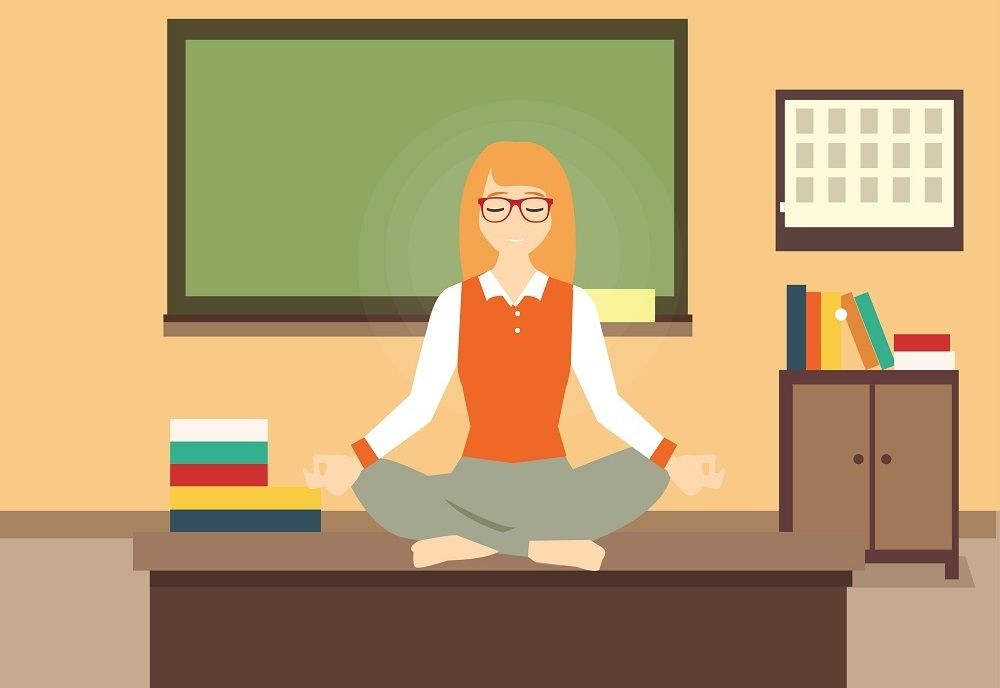In the Arab world, Meditation has been the “it” word among adults for quite some time. Meditation videos are going viral and mindfulness coaches (also called mentors) and centers are making good money. Throwing around words like mindfulness, meditation, calmness and inner peace will get your audience’s undivided attention.
For those of us who are in their thirties and have been raised in the Middle East, meditation was never part of our school curricula. We used to engage in deep breathing because we were running too fast, not as a stress relief activity. Nowadays, Meditation at school and in classrooms is becoming more and more popular. Student meditation programs are on the rise in England, the US, Canada as well as India.
But is it about time to introduce meditation to students at schools or is the whole thing just a trend that could fade out soon?
Meditation in itself is not a trend. It has roots in all religions and major philosophical streams. The term “meditation” refers to a wide-ranging group of practices to help a person relax, restore internal energy and reach a state of inner peace, love, and forgiveness. The list of meditation benefits is a lengthy one. So how can our school system benefit from meditation?
Research shows that the majority of teenagers suffer from anxiety which results in low self-esteem, eating disorders and even depression. High stress levels also damage teachers and educators, resulting in extremely high burnout rates.
Meditation can help students overcome the chronic stress that can cause mental block when it comes to learning. Teachers on the other hand when focusing on the therapeutic applications can stay calm and increase their ability to deal wisely with stressful situations at classroom when they arise.
Instead of using the traditional punishment techniques with students who misbehave, schools can send kids to a “meditation room” until they restore their balance like in Robert W.Coleman elementary school in Baltimore, USA. The room at Coleman’s is well decorated for students when they are sent to it to practice deep breathing and meditation.
Students are also taught how to seek inner peace by starting the school day with 15 minutes of mindfulness and yoga.
In order for schools to follow the same path, students must be introduced to the benefits of meditation thoroughly with a highlight of the core practices and not just the superficial part.
Meditation can be integrated with the physical education classes as long as schools customize practicing mindfulness to what deems fit for their student’s overall productivity.









![How To Improve School Communication [A Detailed Guide] How To Improve School Communication [A Detailed Guide]](https://www.schoolvoice.com/blog/wp-content/uploads/2021/12/How-To-Improve-School-Communication-100x70.jpg)
